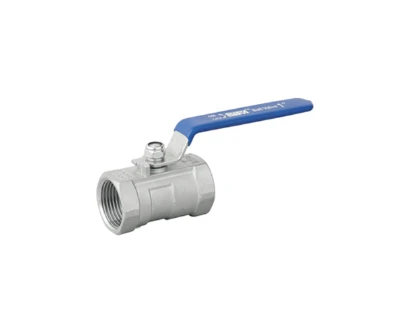Jan . 23, 2025 01:43
Soft seal butterfly valves are indispensable components in fluid management systems across various industries. Renowned for their efficiency, durability, and versatility, these valves have carved a niche due to their unique design and the superior sealing they offer. This article delves into the intricate workings, applications, and benefits of soft seal butterfly valves, emphasizing the expertise and authoritative insight into their usage.

Soft seal butterfly valves operate through a specialized mechanism that involves a disk rotated on an axis, allowing or restricting fluid flow. Unlike hard seal valves that use metal-to-metal contact, soft seal variants incorporate a resilient elastomeric seating. This characteristic endows them with enhanced sealing capabilities, significantly reducing the risk of leaks even under low-pressure situations. This feature makes them particularly advantageous in industries requiring stringent leak prevention, such as the food and beverage sector, pharmaceuticals, and water treatment facilities.
From an expertise viewpoint, the selection of material for the elastomeric seat is critical in ensuring optimal performance. Materials like EPDM, NBR, and PTFE are popular choices, each offering distinct advantages. For instance, EPDM provides excellent resistance to weathering, ozone, and a wide array of chemicals, making it a reliable option for drinking water applications. NBR, on the other hand, excels in handling oils and greases, making it suitable for petroleum-based fluids. PTFE caters to high-temperature and highly corrosive environments, given its superb chemical resistance.

Installing a soft seal butterfly valve optimizes system performance by reducing maintenance costs. The robustness of the elastomeric seat reduces wear and tear, extending the service life of the valve. Moreover, their lightweight and compact design facilitates easy installation and maintenance, reducing downtime in industrial processes. These attributes underscore the valve's reliability, further cementing trust within user circles.
soft seal butterfly valve
In authoritative scenarios, soft seal butterfly valves are often compared with their metal-seated counterparts. While metal seats may provide higher resistance to extreme temperatures and abrasive media, soft seal valves triumph in scenarios requiring rapid operations and consistent sealing with minimal actuator force. The reduced torque requirements can convey significant energy savings, a critical consideration as industries pivot toward sustainable practices.
In fluid control systems, the predictability and precision of soft seal butterfly valves are greatly valued. Their design allows for easy integration with automated systems, enhancing system efficiency through digital monitoring and control. This dynamic adaptability is crucial in today's fast-paced industrial environments where responsiveness and accuracy are paramount.
For professionals seeking trustworthy valve solutions, the track record of manufacturers and adherence to industry standards such as API, ANSI, and ISO offer validation of product quality. Leading manufacturers often subject their soft seal butterfly valves to rigorous testing regimes, evaluating parameters like pressure ratings, cycle life, and temperature limits. This transparency and commitment to quality reinforce user confidence and satisfaction.
In conclusion, the soft seal butterfly valve stands out as a versatile, efficient, and economically prudent choice for fluid management across diverse applications. Its ability to marry superior sealing performance with ease of use and maintenance aligns with present-day industrial goals of efficiency, sustainability, and reliability. Understanding the nuances of material compatibility and leveraging the inherent advantages of these valves will enable industry professionals to make informed decisions, optimizing their systems for peak performance. By prioritizing quality and trusting expert recommendations, stakeholders can ensure the longevity and efficiency of their fluid control systems, thereby achieving long-term operational success.


 Call us on:
+86-311-86935302
+86-311-86935302
Call us on:
+86-311-86935302
+86-311-86935302
 Email Us:
info@thriveonvalve.com
Email Us:
info@thriveonvalve.com South of Huanmadian Village Town, Ningjin County, Xingtai, Hebei Province, China
South of Huanmadian Village Town, Ningjin County, Xingtai, Hebei Province, China